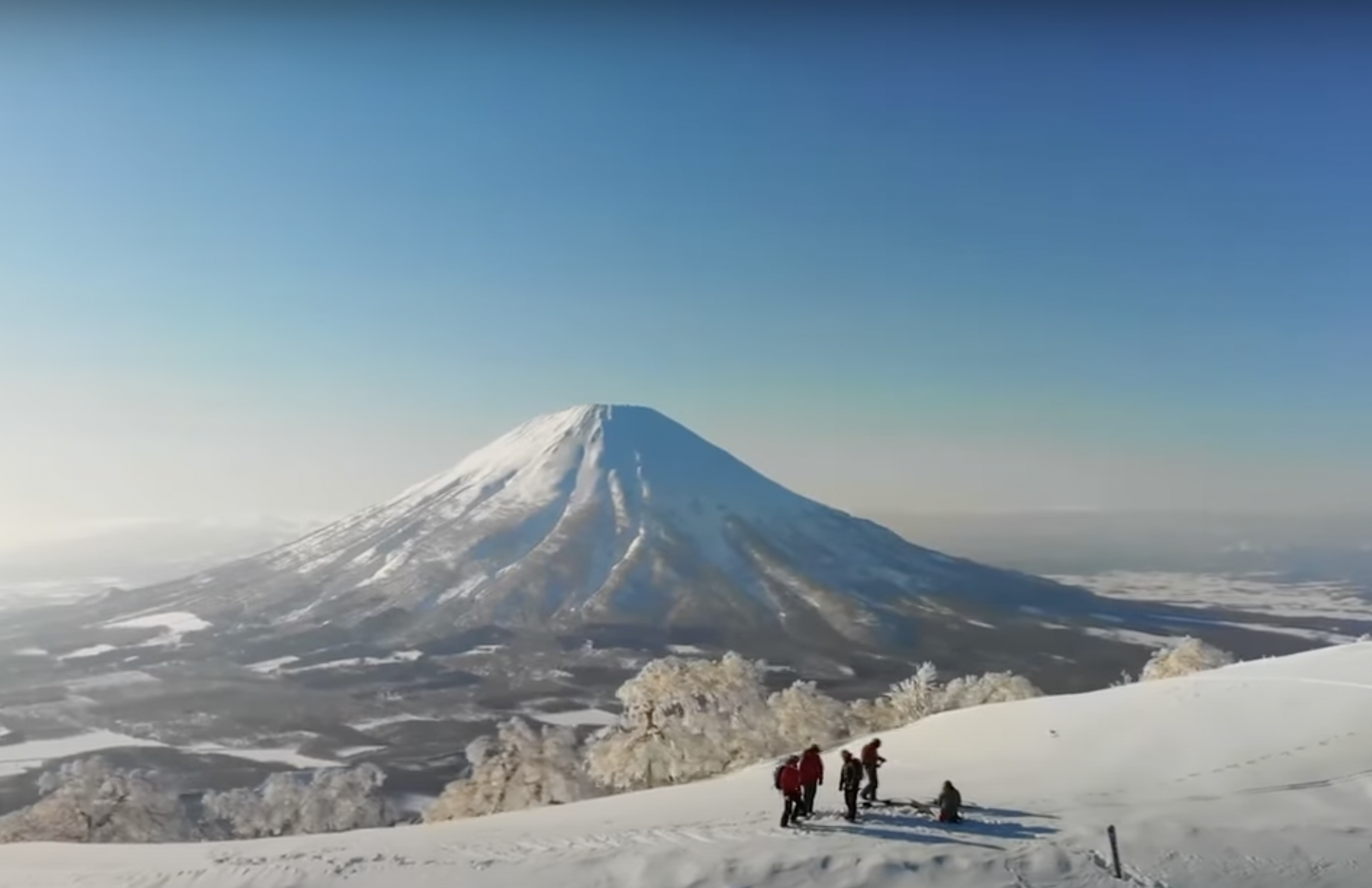The impacts of global warming are evident when you look at the Japanese landmark, Mount Fuji.
Usually, by the start of October, the active volcano is covered in snow – however, this year, things are different.
CNN reported that as of 29 October, Fuji was empty of snow – causing many to question what sort of impact climate change has had on the landscape.
Japan’s weather agency shared that the on average, snow reached the peak on 2 October with the first sign if the snow last year being 5 October.
However, Japan’s Kofu Local Meteorological Office has not made their announcement yet this year, coming as a huge shock.
Weather experts have noted unusually warm weather in the region for the time of year.Shinichi Yanagi, Meteorological office, shared with CNN: “Because of the fact that high temperatures in Japan have been continuing since the summer and as it has been raining, there has been no snowfall.”
The El Niño Southern Oscillation is a climate pattern that involves changes in the ocean temperature and air pressure along the tropical Pacific Ocean.
This effect is the most powerful fluctuation and is likely the cause of the bare landmark.



